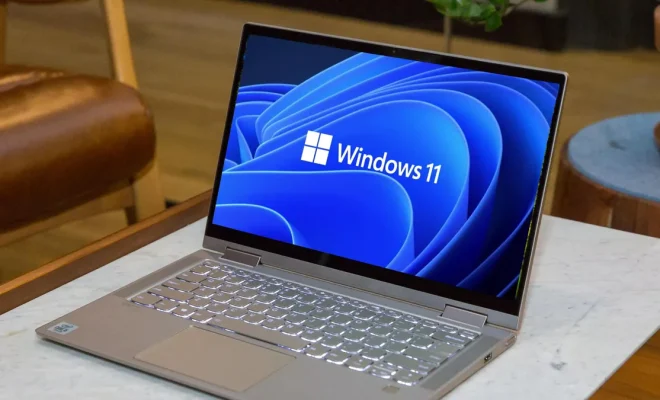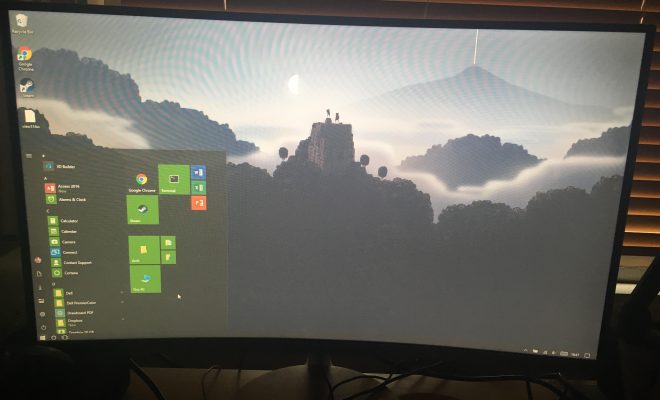Every Difference You Should Care About Between Windows 10 and Windows 11

Introduction
Following the immense success of Windows 10, Microsoft has unveiled its successor, Windows 11. The new operating system promises a horde of improvements and features that are certain to attract users. In this article, we will outline every critical difference you should care about when deciding whether to make the leap from Windows 10 to Windows 11.
1. New User Interface
One of the most noticeable differences between the two OS versions is their user interface design. Windows 11 sports a refreshed look, featuring sleeker icons and more rounded corners on windows. Additionally, the taskbar icons have been centered, giving it a modern appearance reminiscent of macOS.
2. Start Menu Overhaul
The Start Menu received a notable revamp in Windows 11. While Windows 10 had its focus on Live Tiles, which displayed real-time updates from apps, Windows 11 abandons these for a more streamlined approach with more straightforward access to files and apps.
3. Snap Layouts and Snap Groups
Windows 11 introduces Snap Layouts and Snap Groups, essentially improving upon the window management capabilities of its predecessor. Snap Layouts offers users several pre-defined arrangements for displaying open applications on-screen, while Snap Groups allow quick access to your grouped windows.
4. Virtual Desktops Enhancements
While virtual desktops were available in Windows 10, they are significantly enhanced in Windows 11. Users can now easily personalize each virtual desktop with individual wallpapers and settings, providing better organization and productivity.
5. Redesigned Microsoft Store
Windows 11 debuts a completely revamped Microsoft Store with a fresh layout and improved app selection. Developers see substantial benefits too with a more flexible revenue-sharing model and support for additional app frameworks.
6. Better Performance and Gaming Features
As expected from a newer OS release, Windows 11 promises better performance due to optimizations in memory management and storage. Gamers also benefit from the addition of Auto HDR (High Dynamic Range), DirectStorage, and improved Xbox Game Pass integration.
7. Enhanced Hardware Security
Windows 11 requires TPM (Trusted Platform Module) 2.0 support, which ensures hardware-level security for the OS. This additional layer of protection safeguards sensitive information, preventing malware attacks and unauthorized access to your system.
8. Enhanced Touch and Pen Support
Windows 11 significantly improves upon touch input and pen support for compatible devices, offering features like haptic feedback for styluses and better gesture recognition in touch mode.
Conclusion
The differences between Windows 10 and Windows 11 are not limited to cosmetic improvements but instead extend to overall performance enhancements, better gaming capabilities, and added security features. If you’re considering an upgrade, be sure to assess your hardware compatibility to make the most out of the new features packed into Microsoft’s latest offering.






